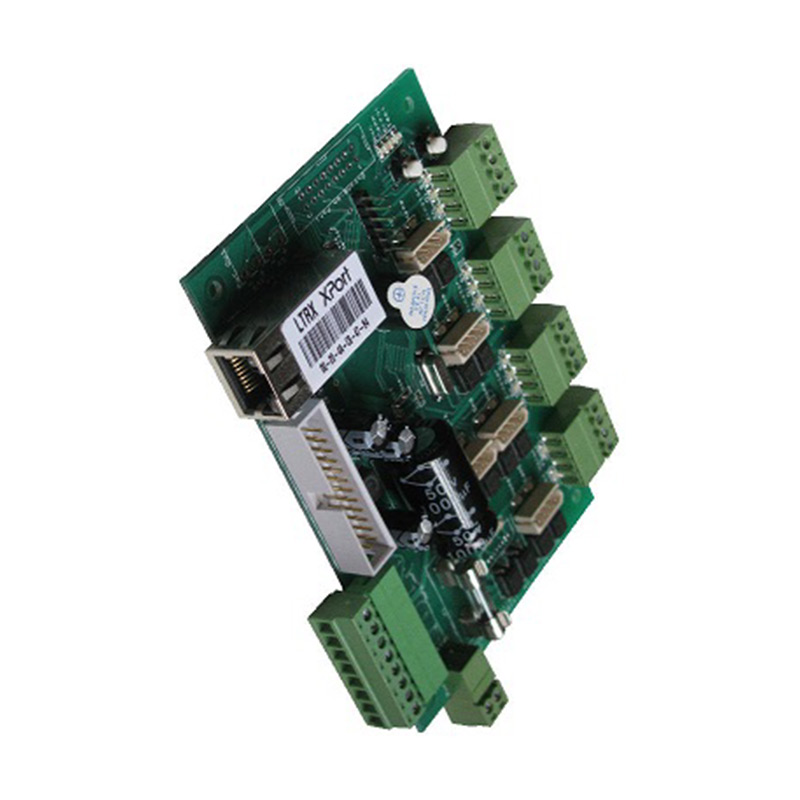

Understanding Tempered Glass Types A Comprehensive Overview
Tempered glass, also known as toughened glass, is a type of safety glass that has been treated with heat during manufacturing to increase its strength compared to normal glass. The tempering process involves heating the glass to over 600 degrees Celsius and then rapidly cooling it, creating a tension within the glass that enhances its durability. This process makes tempered glass ideal for a variety of applications, from skyscrapers and storefronts to shower doors and glass furniture. In this article, we'll delve into the various types of tempered glass, their characteristics, and their uses.
Types of Tempered Glass
1. Clear Tempered Glass Clear tempered glass is the most common type, typically used in residential and commercial buildings. It offers transparency while providing increased strength and safety. Its clarity allows for unobstructed views, making it a popular choice for windows, railings, and display cases. Clear tempered glass is widely appreciated for its aesthetic value and structural integrity.
2. Low-E Tempered Glass Low-E (Low Emissivity) tempered glass has a special coating that reflects infrared energy while allowing visible light to pass through. This property makes it energy efficient, as it helps to maintain indoor temperatures by reducing heat loss in winter and minimizing heat gain in summer. Low-E tempered glass is often used in energy-efficient windows as it contributes to reduced energy costs and enhanced comfort.
3. Tinted Tempered Glass Tinted tempered glass is manufactured with a slight color infusion, which reduces glare and provides privacy while still allowing natural light to enter. It comes in various shades and can harmonize with different architectural styles. This type of glass is commonly employed in commercial buildings, automotive applications, and residential windows when glare reduction is a priority.
4. Laminated Tempered Glass Laminated tempered glass consists of two or more layers of tempered glass with an interlayer (usually made of polyvinyl butyral) sandwiched between them. This type of glass provides enhanced sound insulation and additional safety, as the interlayer holds the glass together even if it shatters. Laminated tempered glass is particularly useful in applications such as car windshields, skylights, and areas requiring high security.
5. Obscured or Frosted Tempered Glass Obscured tempered glass is designed to diffuse light while providing privacy, making it ideal for applications such as bathroom windows and glass partitions. The frosting can be created through various techniques, including sandblasting or acid etching, resulting in a surface that hinders visibility while allowing light to pass through.

6. Colored Tempered Glass Colored tempered glass is achieved by adding pigments during the manufacturing process. The colors can range from deep blues and greens to bright reds and yellows. This type of glass is often used in architectural designs for aesthetic purposes, including facades, entrances, and decorative elements. Colored tempered glass not only enhances the visual appeal but can also help in managing solar heat gain.
7. Fire-Rated Tempered Glass Fire-rated tempered glass is designed to withstand high temperatures and provide protection during a fire. It is commonly used in areas requiring fire resistance, such as doors, windows, and partitions in commercial buildings. The glass maintains its integrity and prevents the spread of flames and smoke, ensuring safety during emergencies.
Applications of Tempered Glass
The versatility of tempered glass allows it to be employed in a wide range of applications
- Architecture Used in facades, railings, and windows, it provides safety without compromising aesthetics. - Automotive Commonly found in car windows and windshields, offering protection and durability. - Interior Design Used in furniture, shower doors, and mirrors, it adds elegance while being resilient. - Commercial Spaces Ideal for storefronts and office partitions where safety and style are paramount.
Conclusion
Understanding the different types of tempered glass and their applications is crucial for architects, builders, and designers aiming to incorporate this material into their projects. Each type of tempered glass offers unique benefits, making it suitable for specific needs and enhancing the overall safety and aesthetics of buildings and products. As technology advances, the development of tempered glass continues to evolve, leading to even more innovative applications in our daily lives. Whether for utility or design, tempered glass remains an essential material in modern construction and interior design.